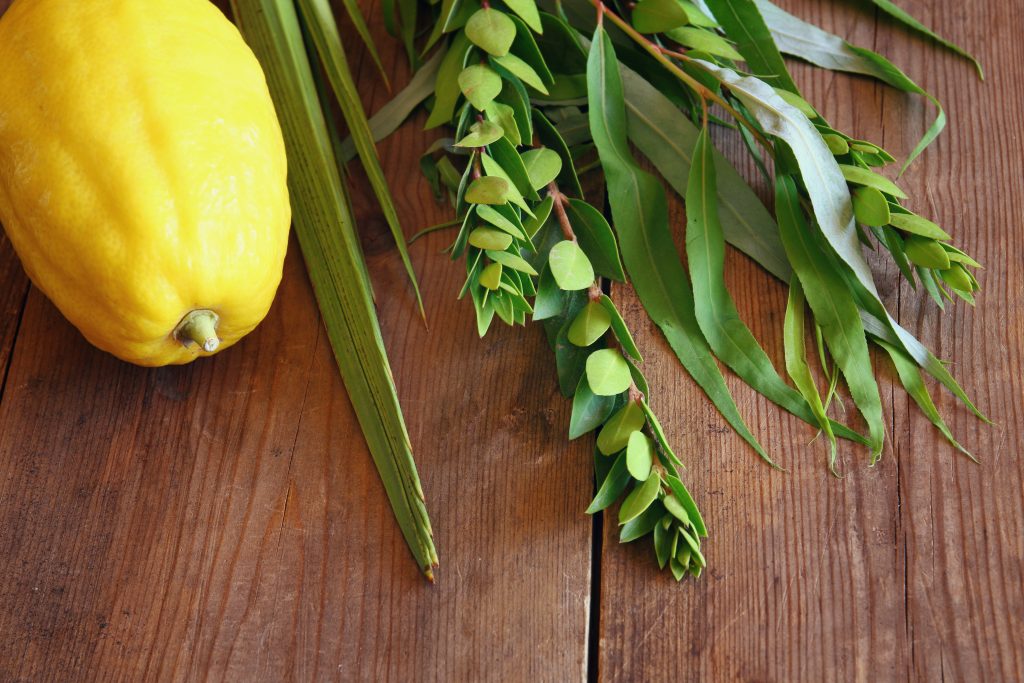
The High Holy Holidays are in the rearview mirror, and hopefully, we availed ourselves of the opportunity for spiritual cleansing. Hashem responded to our prayers to wipe our slates clean. Now the holy sukkah welcomes us to spend a festive week with our Creator. At the end of this holiday comes another called Shemini Atzeres. I recall a lecture given by Rabbi Moshe Chait zt”l, the Rosh Yeshivah of Chofetz Chaim in Jerusalem in 1984. He described Hashem as enjoying our company in the sukkah, and asking us to stop everything and stay there with Him a while longer. He wants to enjoy our company at this high level of spiritual closeness for just a bit more. This is a special time for us to cherish the renewed connection with Him, and to spend more time to show our love and appreciation. Rabbi Chait warmly described the love and caring that Hashem feels for us, and that He wants us to keep that connection with Him as we begin our New Year. I wish I could adequately convey his eloquence.
Instead, I will share with you what Sukkos meant to me as a kid becoming religious in Memphis, Tennessee, in 1980. As a newly minted driver at 15, I was eager to build my own sukkah. I designed an 8′ x 8′ wooden “L” shape to connect to our house and carport. I drove our full-size van to Central Hardware on Summer Avenue, and I purchased four railroad ties (4″x4″), eight 2″x4″x8′ studs, and four sheets of plywood (4’x8’x1″ each). These panels were quite heavy. Lacking construction experience, I laid out the panels on the ground and nailed them together using the studs. I now had two unwieldy 8’x8′ walls lying on the ground. Looking back, I should have erected one at a time. That sukkah was like a tank. It would have given Hurricane Irma a run for her money, had she stormed through Memphis in 1980. We nailed a house number on the front (5580 and 1/2 Rich Road). It had running water, and it opened to the carport. I cut branches from some of our trees for the schach roof, and I was in business. I even installed a telephone. My father painted a camouflage motif on the outside walls. Now it really looked like a tank, sans turret and caterpillar tracks.
My family graciously joined me in my sukkah for Yom Tov meals. At this point, they were not yet religious, but they always supported me. Eventually, they each became fully observant and grew to cherish the connection they made with Hashem. To be clear, I do not credit my sukkah with transforming our lives. Rather, it was a meaningful place for us. It was so much more than the various boards and panels I had purchased. The Torah specifies that we make the schach from scraps “psoles goren vyekev.” How can something of no value become the most important part of our sukkah?
Our modern society values physical experiences. Foodies treasure the art and taste of meals. The fashion world swoons at the latest apparel styles. Architects and designers prize magnificent abodes. Scores of magazines, websites beyond number, and an untold number of blogs explore every facet of the three basic human necessities. There is nothing innately wrong with enjoying the pleasures this world offers. We must not become so distracted by these pursuits that we forget what matters. As observant Jews, we know that true value in this world and the next means connecting to holiness. We must use every opportunity to broaden our connection to spiritual treasures. As we sit in our sukkos with only scraps or mats above our heads, we reduce the attention to the physical and allow our spirit to shine through. Can we leverage this holiday to elevate ourselves? Think about that this Sukkos holiday, even as you enjoy the delicious repast and dress in your finest garments. Find the joy within yourself to the point where you want to express that by kissing the walls of the sukkah. Hug your family with pure, intense emotion as we display our gratitude to Hashem for all of life’s blessings.
You must be logged in to post a comment.